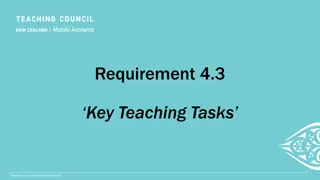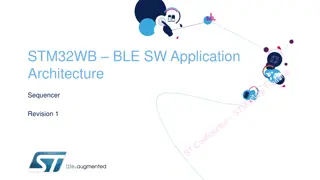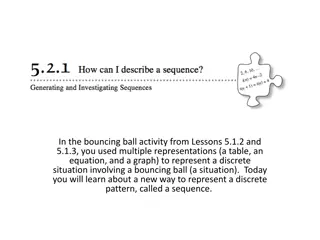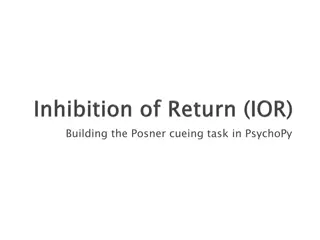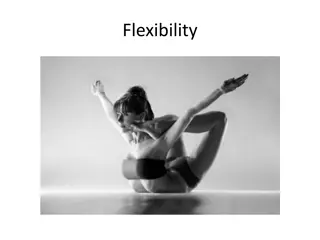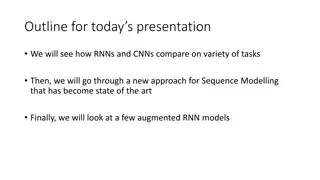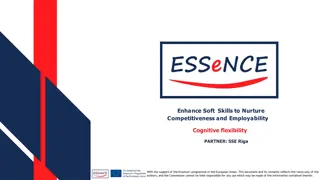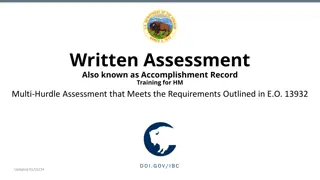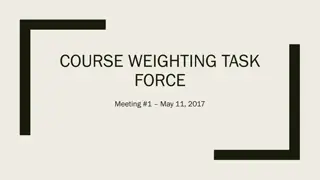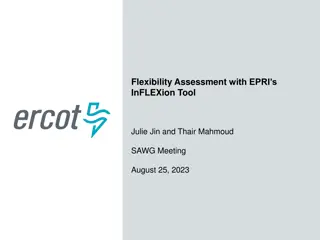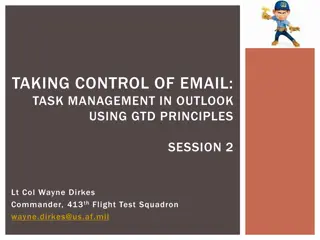Sequence of Main Tasks - Major Task Accomplishment and Flexibility
Conducting a successful exercise involves a series of main tasks such as need assessment, purpose statement writing, plan review, team organization, evaluation, and more. Flexibility and adaptability are crucial for achieving the desired outcomes.
Download Presentation

Please find below an Image/Link to download the presentation.
The content on the website is provided AS IS for your information and personal use only. It may not be sold, licensed, or shared on other websites without obtaining consent from the author.If you encounter any issues during the download, it is possible that the publisher has removed the file from their server.
You are allowed to download the files provided on this website for personal or commercial use, subject to the condition that they are used lawfully. All files are the property of their respective owners.
The content on the website is provided AS IS for your information and personal use only. It may not be sold, licensed, or shared on other websites without obtaining consent from the author.
E N D
Presentation Transcript
Sequence of main tasks Categories of Tasks Major task accomplishment Flexibility is Key Flexibility is Key
Sequence of Main Tasks Conduct Need Assessment Write Purpose Statement Review plan Determine Exercise Scope Assess Capability Organize Evaluation team Organize Design Team Prepare Objective Send Exercise Directive Develop Schedule Write Narrative Finalize Exercise Enhancement List Major & Detailed Event Determine Expected Action Write messages Develop Evaluation format Conduct Follow up Activities Conduct Postexercise Meeting Conduct Exercise Write After-Action Report
Task Categories Task Categories Review plan Assess capability Address costs and liabilities Gain support/issue exercise directive Organize design team Draw up a schedule Design exercise (8 design steps) team leader Develop evaluation methodology Select and organize evaluation team Train evaluators Prepare facility Pre-Exercise Phase Exercise Phase Assemble props and other enhancements Brief participants Conduct exercise Post-Exercise Phase Review plan Assess capability Address costs and liabilities Gain support/issue exercise directive Organize design team Draw up a schedule Design exercise (8 design steps) Select evaluation team leader Develop evaluation methodology Select and organize evaluation team Train evaluators Prepare facility Assemble props and other enhancements Brief participants Conduct exercise objectives Participate in post- exercise meetings Prepare evaluation report Participate in follow up activities Design Select evaluation Assess achievement of Assess achievement of objectives Participate in postexercise meetings Prepare evaluation report Participate in followup activities Observe assigned objectives Document actions Evaluation Observe assigned objectives Document actions
1. Establish the Base 1. Establish the Base 5 5. Exercise . Exercise Follow up Follow up 2. Exercise 2. Exercise Development Development 4. Exercise Critique & Evaluation 3. Exercise Conduct 3. Exercise Conduct
Reviewing the current plan Conducting a needs assessment Assessing the jurisdiction s capability to conduct exercise Defining the exercise scope Selecting the exercise type Addressing the cost & liabilities Developing a statement of purpose Gain support & announce the exercise
Assess needs. Define scope. Write a statement of purpose. Define objectives. Compose a narrative. Write major and detailed events. List expected actions. Prepare messages.
Conducting a Successful Exercise Be clear Sustain action Foster realism Establish timeline Review emergency call-off procedures Capitalize on problem situations
An important part of any exercise is evaluating how well the objectives have been achieved. The objectives might relate to such issues as: Needed improvements in the plan. Needed improvements in the emergency management system. Personnel training. Overcoming staffing deficiencies.
Exercise Follow up Strategies Exercise Follow up Strategies Assign responsibility. Assign responsibility. Monitor. Monitor. Complete the cycle. Complete the cycle.
Reviewing the Current Plan Assessing Capability to Conduct an Exercise Addressing Costs and Liabilities Gaining Support Assembling a Design Team
What responses are currently planned (i.e., what are the hazards that the plan is intended to address)? What resources, personnel, and procedures will be used to resolve problems?
Are they different for various types of emergencies? Do roles vary according to the type of emergency? What training have response personnel experienced? What training is necessary?
Assessing Capability Assessing Capability to Conduct an Exercise to Conduct an Exercise When was your organization s last exercise? What exercise experience is available in your community or organization? What is your own experience? What is your staff s experience? How much preparation time can you reasonably expect to have allocated to developing an exercise? How much time can people devote to developing an exercise? What skills can those people provide?
Assessing Capability Assessing Capability to Conduct an Exercise to Conduct an Exercise What physical facilities do you use when you conduct an emergency operation? Will they be available for an exercise? What communication facilities and systems do you use in a real emergency? Will they be available for an exercise? What attitudes do you expect of the chief executive and emergency service directors or other organizational leaders toward the exercise?
Liabilities: Liabilities: Possibility of personal injury or damage to equipment. Check the organization s or jurisdiction s insurance coverage. Costs: considerations Costs: considerations Staff salaries, overtime payment? Contract services Equipment and materials Fuel to run equipment and transport volunteers Miscellaneous items (e.g., coffee, pencils)
Gain support for the entire Gain support for the entire exercise program. exercise program. Protect the organization. Protect the organization. Sell Sell the process. the process. Announce the exercise. Announce the exercise.
The need for the exercise. Organizational capability (experience, personnel, costs). The type of exercise. The scope of the exercise. The purpose of the exercise.
Purpose. List of participating agencies, organizations, or departments. Personnel responsible for designing the exercise. Exercise date (or approximate dates). Point of contact for additional information. Notice that the nature of the emergency and the location of the exercise are not revealed.
Exercise design team leader: Who? Emergency manager? Exercise Design Team Member: Who? Background, Responsibilities Strategies for Organizing the Strategies for Organizing the Team Team
Use the team interaction to learn more about each other s organizations. Keep lines of communication open about new ideas, potential pitfalls, successes, problems, and needs. Use job aids to make the schedule, responsibilities, and progress visible and to keep everyone on the same page.
Exercise Exercise Review plan Review plan Capabilities Capabilities Establish base Establish base EXERCISE EXERCISE Development Development Conduct Conduct Accomplishment Accomplishment Design Team Design Team Major Major Goal Goal Communication Communication Share Share Actions Actions




